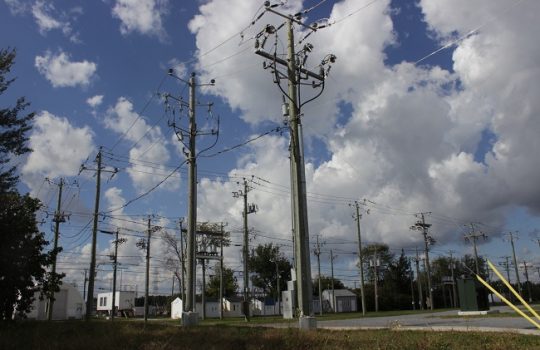
Customers who have a choice between being regulated or free, for the first time choose the second option. This is because it gives them direct access to the low prices exhibited in the latest tenders.
Companies opt for direct contract negotiations, complicating the electricity market
All customers of the electricity system today want access to the low prices of the last electricity tenders, where an average of US$ 47.5 per MWh was offered. This gave rise to an unprecedented phenomenon.
While free customers – companies with high consumption, such as mining companies – are already renegotiating contracts with generators to reflect these values, regulated customers – mainly residential and small companies – will have to wait until approximately 2021 to see this energy price reflected in their electricity bills, since the contracts awarded in the last auction will begin to operate that year.
However, there is a segment that can choose between being regulated or free: these are end users with connected power between 0.5 MW and five MW. Until now, and because of the security that this gave them -since being smaller they did not receive enough bids as free, or they obtained contracts at prices indexed to marginal cost, plus a charge-, most opted to be regulated, but this is changing.
Today, a number of medium-sized companies in terms of energy consumption – such as telecommunications or retail – are inclined to be free, or to negotiate their tariffs directly with the generators, because they believe they can achieve better prices in the short term.
System effects
The fact that customers choose to be free rather than regulated has effects. When bidding, distributors make projections of regulated consumption, and on that basis contract certain capacity with generators that they then sell to end customers. But if many companies switch segments, generators will see a significant reduction in demand. This can generate surplus energy.
Sebastián Bernstein, from Synex, explains that for distributors this is not a problem, because if they lose customers, they reduce their purchases from generators without any economic effect for them, since they continue to charge the same distribution margin.
Francisco Aguirre Leo, from Electroconsultores, explains, however, that this requires distributors to improve their negotiations with generators to provide favorable electricity supply conditions and keep these consumers among their customers.
Rodrigo Jiménez, from Systep, indicates that today there is a substantial change in market conditions, and while three years ago or more smaller free clients did not have many opportunities, “today the situation is the opposite, and there is a wide range of generation supply, which is an advantage over the regulated regime”. He explains that this is very relevant for companies where electricity consumption represents an important percentage of their production costs, as they can see an immediate benefit. But he says that in this context it is relevant to assess the quality of supply.
Bernstein adds that in theory, customers who choose to be free would receive attractive offers from generators, but warns that this will not necessarily be the case: “One thing is the price for a distributor with high payment capacity, in a 20-year contract, and another thing is the price for an industrial customer, with higher risk, in a contract for a few years. It will depend on the offers received,” he warns.





